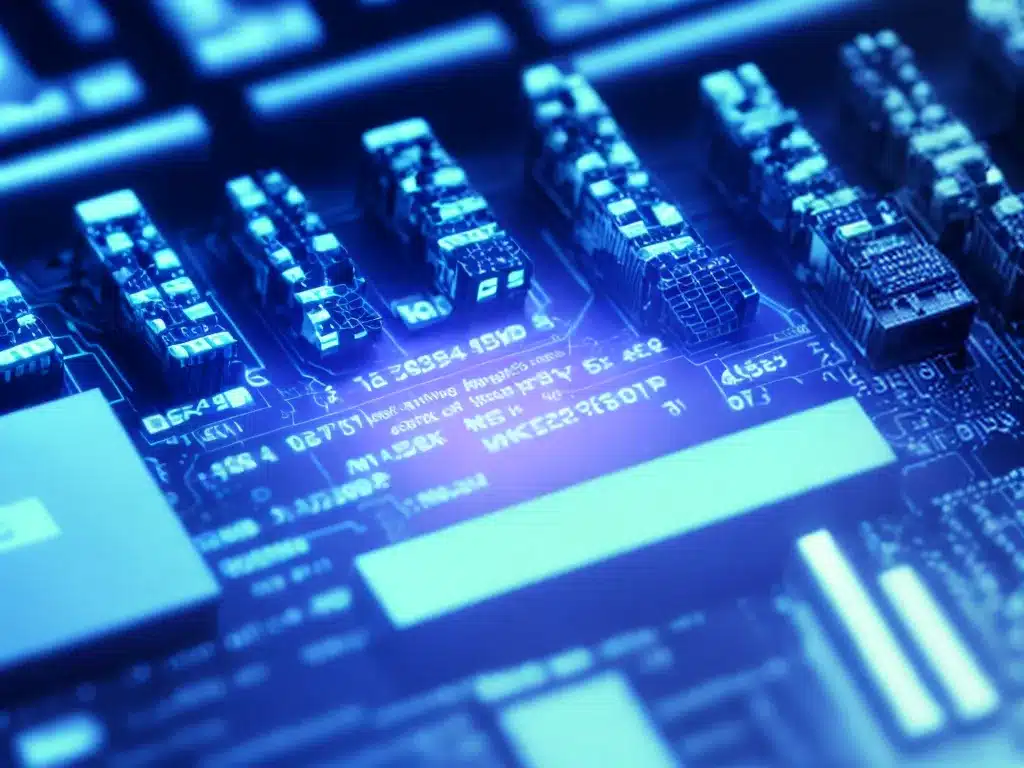
As a network administrator, monitoring the health and performance of a network is one of my most critical responsibilities. Here are some of the key things I look out for when monitoring networks:
Detecting Performance Issues
Network performance issues like slow speeds, high latency and packet loss can severely impact user experience and productivity. I always keep a close eye on:
-
Bandwidth utilization – is traffic approaching maximum capacity on critical links?
-
Response times – are applications responding slower than normal?
-
Packet loss – are packets being dropped on the network? This indicates congestion.
-
Interface errors – are errors spiking on any interfaces? This could point to faulty hardware.
Identifying where and when these issues occur is crucial to troubleshoot and prevent problems from recurring.
Identifying Faulty Components
Hardware faults in critical network components like routers, switches and firewalls can bring down connectivity. I monitor:
-
CPU and memory utilization – spikes may indicate faulty hardware or misconfiguration.
-
Interface status – errors indicate issues with ports/interfaces.
-
Device temperature – overheating can lead to equipment failure.
-
Power supply health – faulty power supplies should be replaced immediately.
-
Fan speed – low speeds or failures can cause overheating.
Proactively swapping out deteriorating hardware reduces the risk of downtime.
Security Monitoring
As networks face continuous threats and attacks, vigilance is key. My security monitoring focuses on:
-
Unauthorized access attempts – failed logins, port scans, suspicious traffic patterns.
-
Policy violations – traffic blocked by firewall rules, protocol anomalies.
-
Malware/intrusion detection – inspect traffic patterns to identify malware or intrusions.
-
DDoS attacks – monitor traffic spikes that may indicate DDoS attacks.
-
Log analysis – review syslogs, event logs, IPS/IDS logs to detect threats.
Detecting attacks quickly allows me to contain damage and prevent data breaches.
Availability Monitoring
Network availability is paramount for business operations. I closely track:
-
Device availability – use pings, SNMP polls to detect unplanned outages.
-
Link status – failures bring down connectivity between sites.
-
Power status – UPS alarms, generator health to avoid power-related downtime.
-
Cooling system health – overheating can cause equipment to shut down.
-
Smart hands – personnel on-site to quickly troubleshoot and resolve hardware issues.
Continuous monitoring allows me to find and fix problems before users are impacted.
Staying on top of these metrics and trends enables me to optimize network performance, avoid outages and keep the infrastructure secure. Investing time into building comprehensive monitoring is vital for me to keep the network humming.












